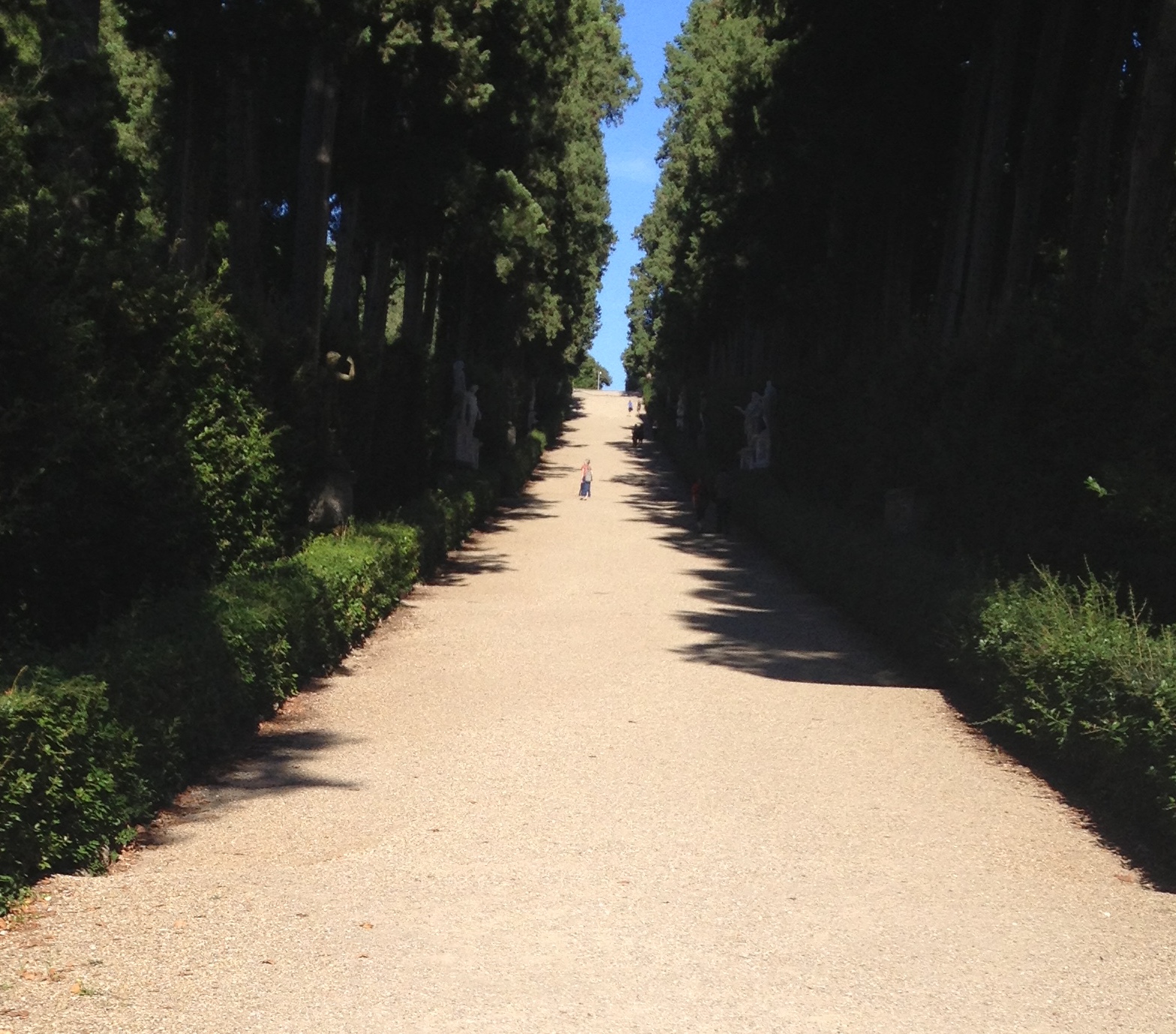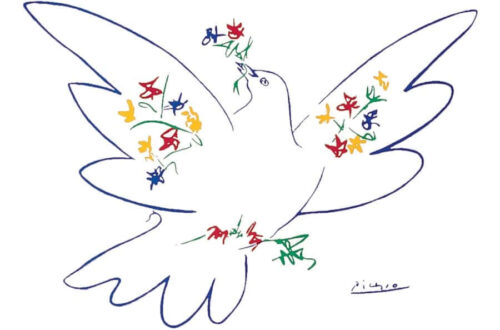
Crows and Their Agile Thinking
Autumn Garden at Gristmill
We are experiencing beautiful autumn days, so we drove from New York City to Gristmill cottage in Dutchess County, where everything is changing colors and textures. The summer garden is over, but Fall is making its colorful splash with a finale of orange nasturtiums, rose-tinged hydrangeas, yellow hollyhocks and purple morning glories. My cat Tabitha, who is almost 15 years old and blind, can smell the catnip growing in plentiful supply throughout the edges of the garden and she is rolling around in a fever. Nothing is really over here; it might be a little suspended, but the temporary lull is a gift since the weeding and the watering are finished. We can sit and enjoy the sun which is bright and the sky rich blue; temperatures are cooler and the frenetic pace of summer is almost over.
On the edges of the backyard, surrounded by beautiful elm and maple trees, the crows are hiding. They know we have arrived and soon they will come out of the shadows to greet us. I can see which trees they are high up in watching us. Now I understand that most people do not like crows – perhaps their “caws” are too loud; they are scavengers and appear to many as the omen of death. There are long entries in Google on how to get rid of crows. In my years of coming here and observing them on a weekly or semi-weekly basis this is what I have learned. They are quite intelligent; some have thought that crows can actually count. They do identify us as individuals who live in the house. They not only recognize faces, but they identify some as good and some as threats. This information they pass on to their young baby crows. They most certainly appreciate the morsels of food I leave for them during daylight hours, so I believe that I am viewed as a friend. They love chicken bones, left-over cat food and other small delicacies. They share our diverse diet and are omnivores, placing them at the higher end of the social scale. I have learned a few other traits about them that make me appreciate their species. They are communal. They talk among themselves with different sounds and guttural noises. They are very social. They share, but they also find places to hide their food for later enjoyment. They know that I am the one who feeds them and they appreciate that with various “caws” and variations on a theme of “koww.”
I have learned some new facts about crows with the assistance of Cornell Ornithology Laboratory and a PBS Nature show on Crows. Their average lifespan is around 15 years and they can live as long as 30 years. It depends on their habitat and their food supply. I’ve seen a lot of other species of mammals, birds and reptiles, but it is the Genus Corvus who seem to care the most about us and our whereabouts. Their brain size is not the largest, but it is closer to that of primates than other species. In this regard, they are closer to apes than to birds. The most important thing is that their thinking is agile. The parents mate for life and the young crows that make it into adulthood learn from their parents and show these same patterns later as adults.
These crows and I are strange bed fellows. I watch them and they watch me. It is said that when one of their kind dies they gather in a tree and are silent. Then all together in a rush they move skyward. This fall the house is on the market and it is rented for the winter. I have said good-bye to my crows and secretly I hope it is not my last time to see them. But I know it is only my wish to have been the best Homo Sapiens they have had the pleasure of observing.








2 Comments
Viola Day Mullin
Linda, I too am fond of crows! My fondness and fascination developed since I moved to Hartford. In the fall, large flocks of them gather in the park next to my apartment and perch in the trees until sunset at which time they head West to their roost 2-3 miles away. They also gather across the street from the library where I worked, heading toward the same (most likely) roost as the others. People who live near the roost complain about droppings and noise, but I see this nightly routine as a connection to the larger world of nature. I have pondered about why the crows only make this nightly migration in the winter and discovered through reading/research on the Internet/All-about-birds that crows congregate for protection when there are no leaves on the trees. I have noticed that this migration seems to begin about Oct. 31st (plus or minus) which may explain why there is an association of crows with Halloween. I had thought that the crows cease their migration when the trees leaf out, but they seem to stop sooner, possibly they become busy with mating and building nests and some life returns to the fields and waterways. Besides their migration, for a time when the squirrels could get into our dumpster, the crows would arrive at daybreak and hang around waiting to dive for any loot dropped by the squirrels. They are indeed fascinating birds. Thank you for your lovely essay! Viola
lstormes@yahoo.com
Viola, so glad to hear from you. You have some wonderful insights and observations about crows. They are indeed amazing. There is a book I believe called Crow Nation an in depth study of crows. I have not been able to track it down, but with your skills I’m sure you’ll find it quickly. I have not read it yet, but I did find a fascinating PBS Nature series on crows. You can watch it on the computer or phone. So good to hear from you and also have such an intelligent and fascinating reader.
This is my ninth blog (short essay) and it has been a lot of fun for me. It is especially fun not knowing what will come to me.
Have a good weekend.
Warmest wishes,
Linda